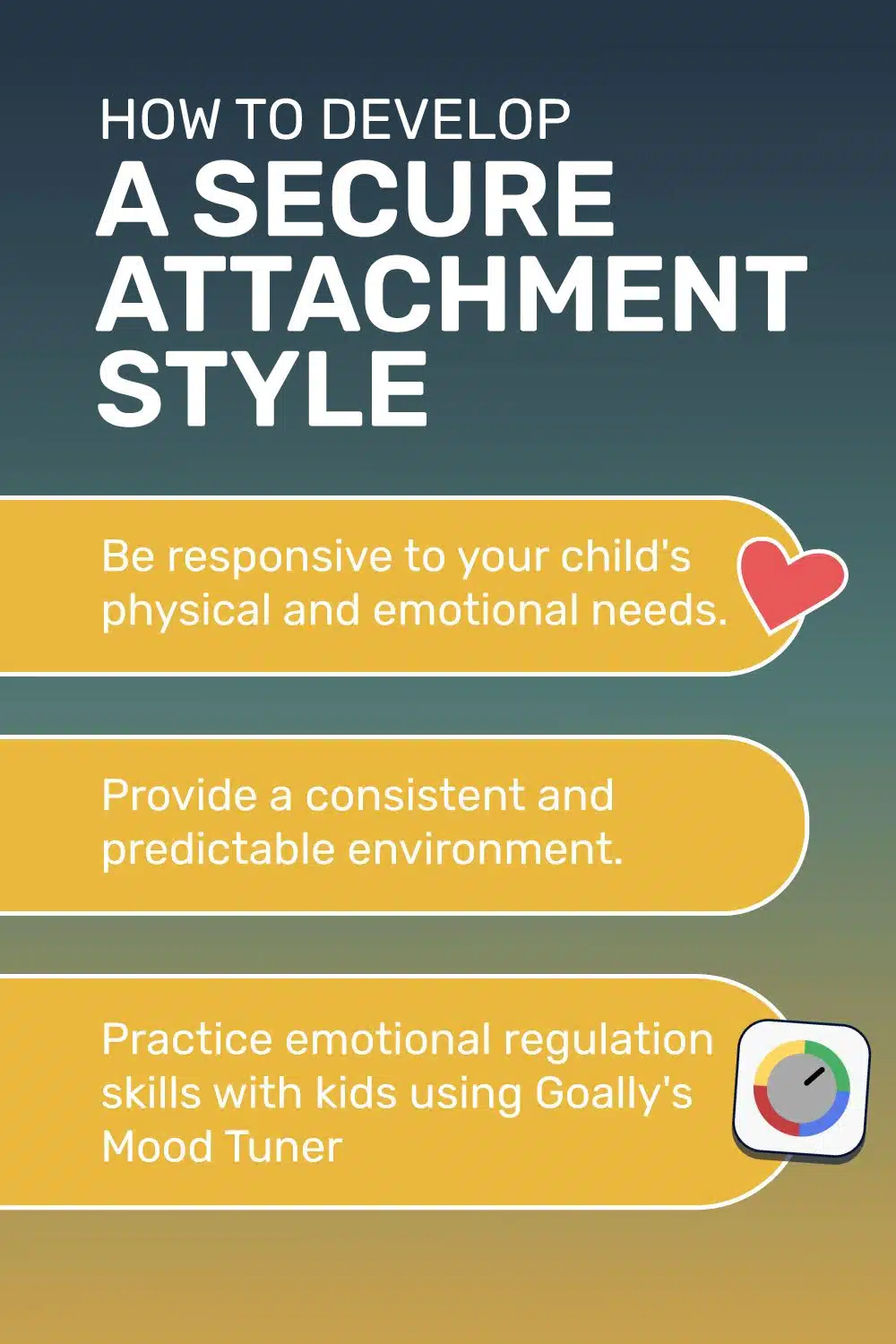Understanding how autistic attachment works can provide insights into the unique dynamics of relationships for individuals with autism spectrum disorder (ASD). Here are some key points:
- Difficulty with social interactions, communication, and understanding social cues can affect the formation of attachments.
- Individuals with ASD may have limited interest in forming close relationships.
- Expressing emotions and affection can be challenging for those with ASD.
- Engaging in repetitive or ritualistic behaviors is common among individuals with autistic attachment.
- Recognizing and responding to the emotional needs of others may be difficult for individuals with ASD.
- Examples of autistic attachment in action can include a preference for solitary activities, difficulty initiating or maintaining conversations, and struggles with empathy and perspective-taking.
- However, it’s important to note that individuals with ASD can still form strong, meaningful relationships with appropriate support and interventions.
In conclusion, understanding autistic attachment helps us appreciate the unique challenges individuals with ASD face in forming and maintaining relationships. Goally, our tablet, supports kids with Autistic Attachment through interactive apps for life skills, language development, and social training. It offers digital schedules, AAC, gamified learning, and videos for emotional regulation, executive functioning, and social skills.
This post was originally published on March 28, 2023. It was updated on July 14, 2023.













